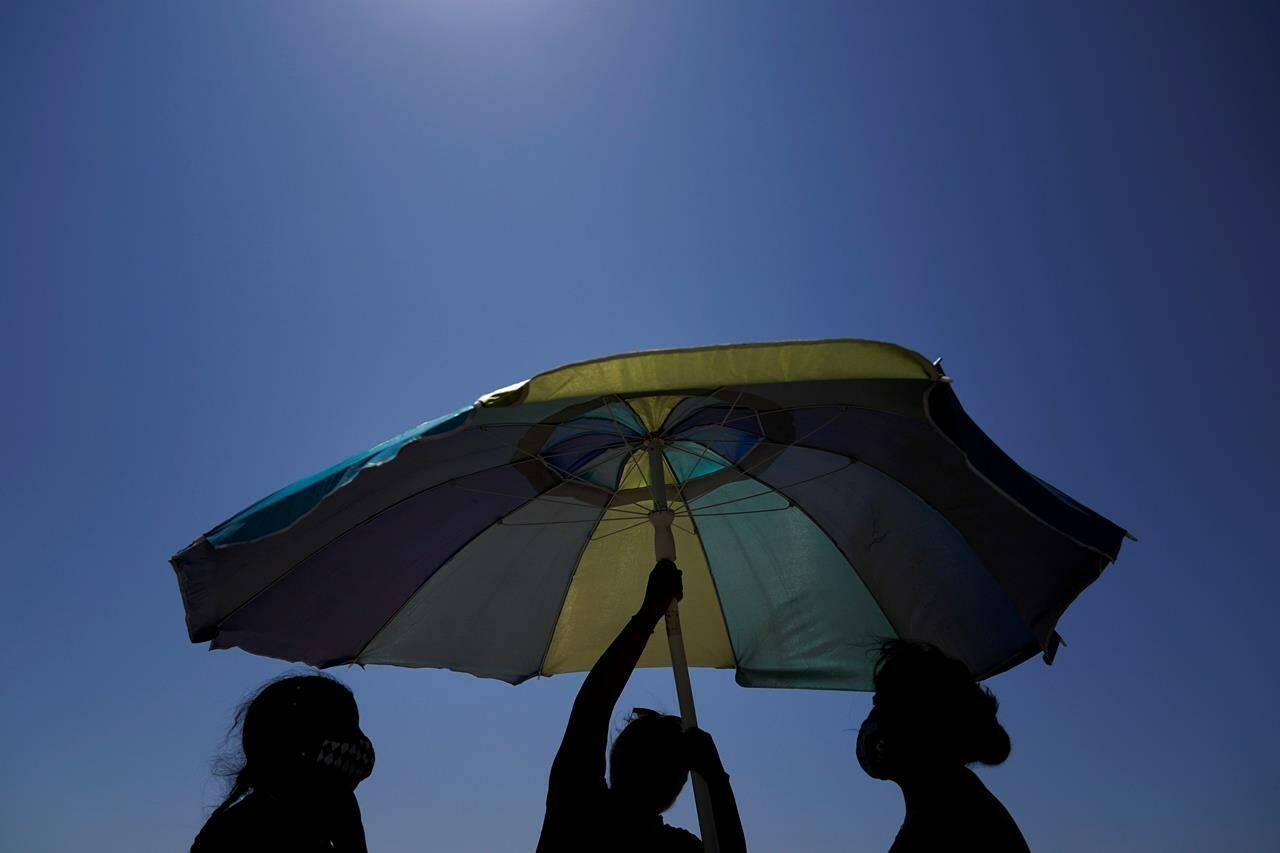Cancer researchers are creating new technology in B.C. that they say has the potential to diagnose and treat skin cancer faster and while it’s in early stages.
“Skin cancer is preventable and can be treated effectively if it’s caught early,” said Dr. Harvey Lui, a dermatological oncologist who works for BC Cancer.
Traditionally, the most definitive way to diagnose cancer is through a biopsy, which is an invasive procedure that involves removing a clump of cells from the body using a tool such as a scalpel, punch, needle, or razor.
However, thanks to technological advancements, non-invasive procedures that use light reflections are becoming an increasingly reliable way of detecting and diagnosing cancer.
Fluorescent imaging is one type of technology that is already in use to identify oral cancers which are historically difficult to diagnose.
Human skin glows in the dark — although this is not visible to the human eye. Using fluorescent imaging, medical professionals can see the glow and use it to look for indicators of potential viruses.
Another technology that may change cancer detection is Raman spectroscopy, named after the late-Indian physicist C.V. Raman.
By picking up microscopic reflections in light, the technology looks at the molecular vibrations from the skin which can reveal the skin’s chemical composition. This allows doctors to identify irregularities in the skin’s chemical composition which, again, provides an early opportunity to detect and treat cancer.
According to Liu, Raman technology has been used with great accuracy in trials, successfully diagnosing cancer at a rate of about 95 per cent.
While these technological advancements are exciting, doctors are still encouraging sun safety as a first step.
“The most effective way to treat skin cancer is to prevent it,” said Liu.
While a balanced amount of sun exposure is healthy, it should be done in moderation. Tips for protecting against the sun can be found online at the provincial health website. Chief amongst these tips is staying out of the sun when possible, especially during peak hours (11 a.m. to 3 p.m.) and using sunscreen that has an SPF rating of at least 30.

